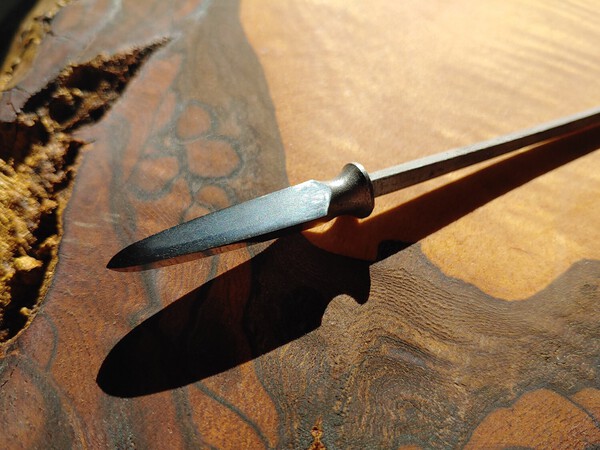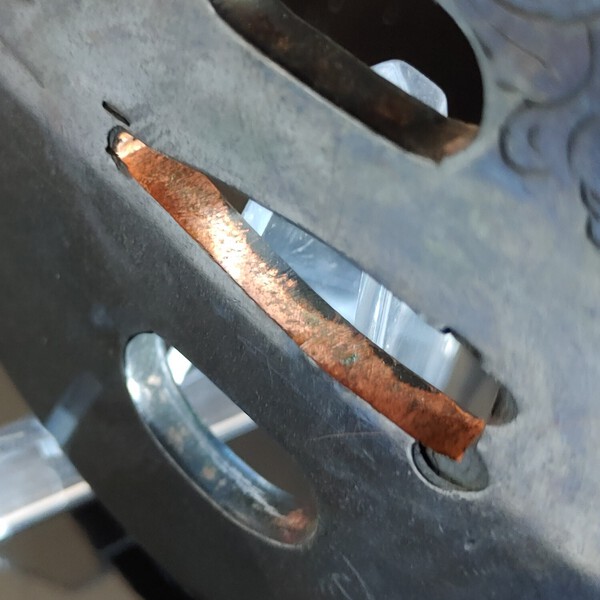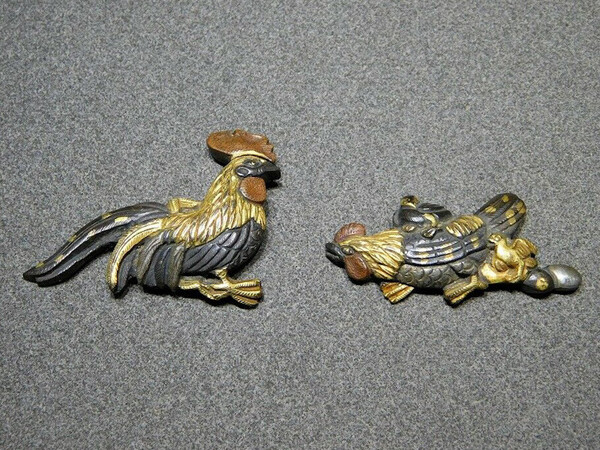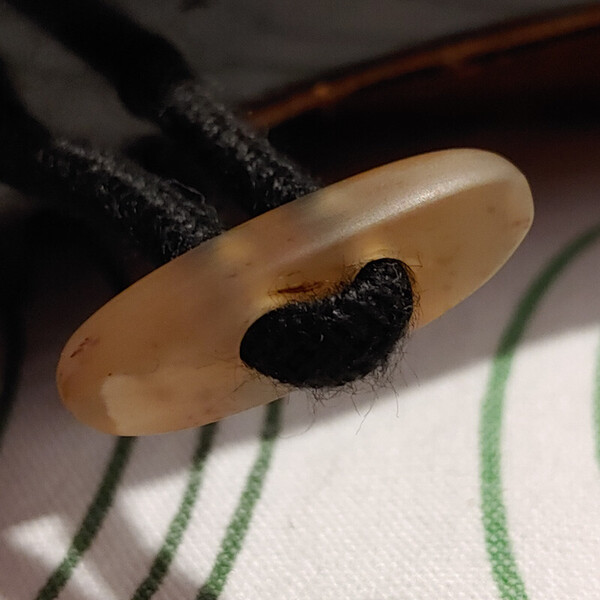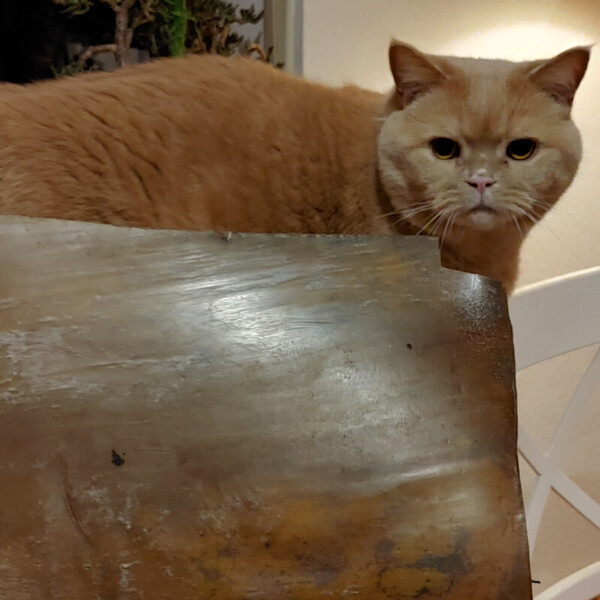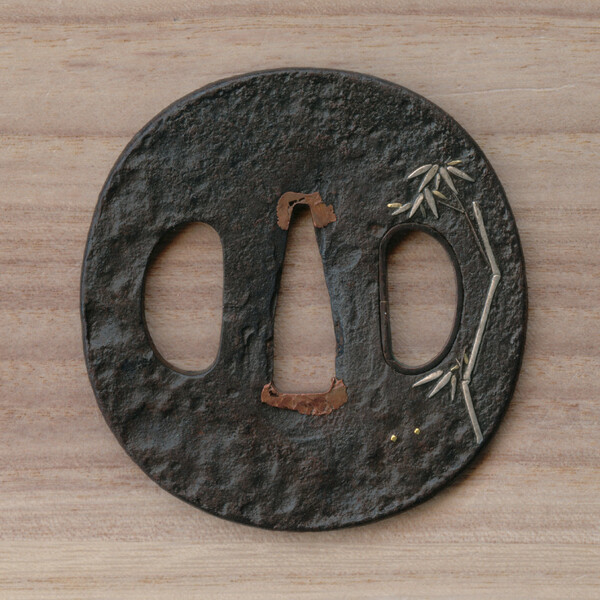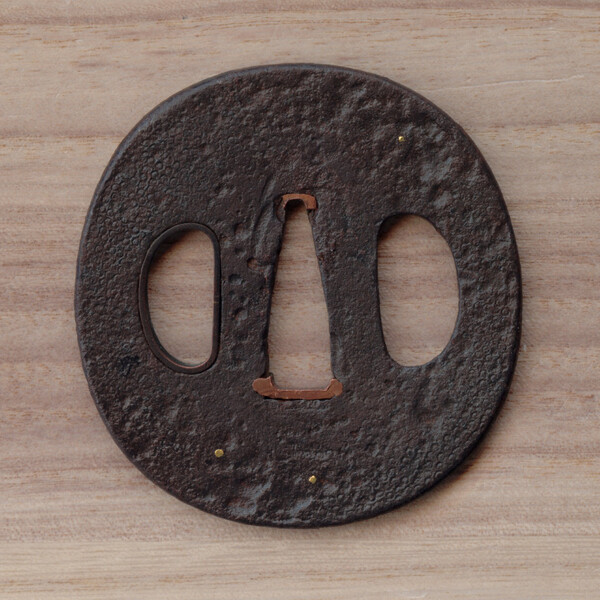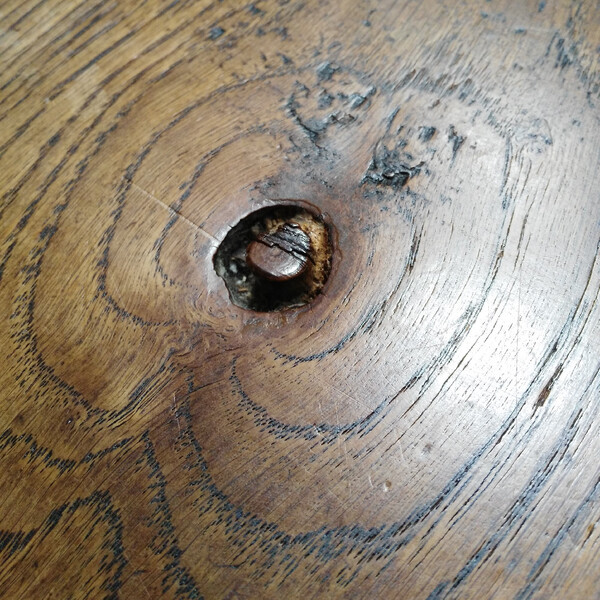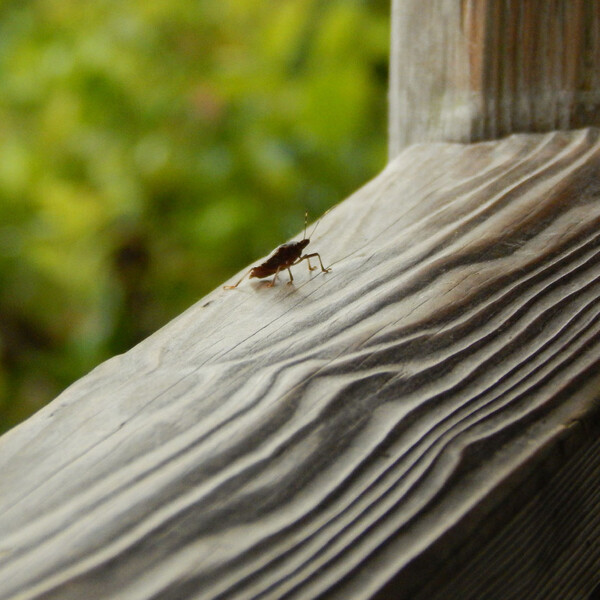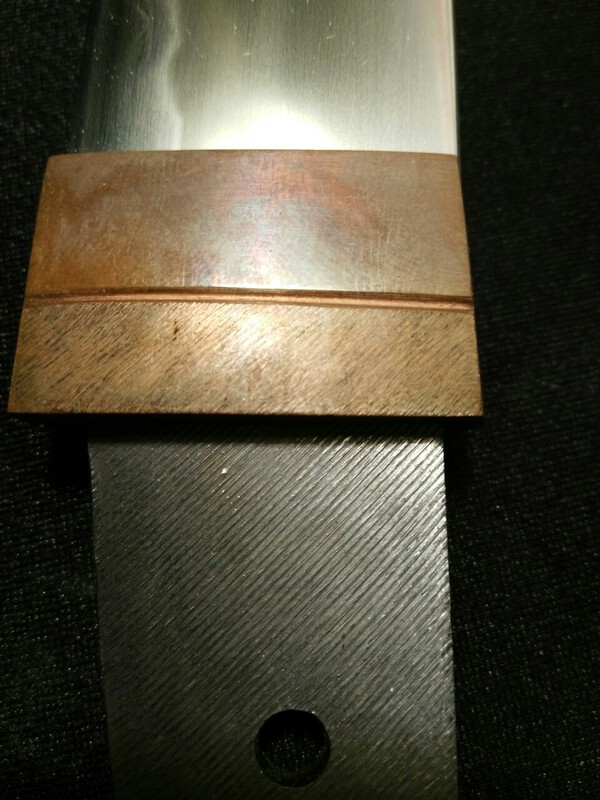-
Posts
458 -
Joined
-
Last visited
-
Days Won
2
Content Type
Profiles
Forums
Events
Store
Downloads
Gallery
Everything posted by Andi B.
-
no, he's a different one: https://www.nihontophoto.com/
-
Hello, if you are interested in tsuba here you have the chance to see more than 3.000 photos of items from the Klefisch auction house. Uwe Grabowski digitalized tons of slides and you can find this great archive under klefischauktionen.wordpress.com.
-
-
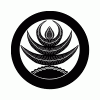
Hadori Whitening Component of a Kesho Polish
Andi B. replied to waljamada's topic in General Nihonto Related Discussion
Fuchi / Kashira are nice! But that "hadori hamon" looks strange and it seems there is a real hamon near the base only...(?) Could it be that someone tried to re-harden the blade? Above the wavy part there is this strange additional line (kind of mizukage?) and big nie crystals(?)...? --- [My general advice for buying blades (and any other expensive things which require some knowledge): Treat them like mushrooms in the forrest. There are eatable and poisonous ones. And some look good and some are rotten. Pick them only if you really know that they are eatable and if they look good/acceptable for you. If you are unsure, what they are and if the could make a good dish, simply don't take them! You won't enjoy eating a suspicius soup.... Maybe a more experienced collector could identify them as treasures and grab them but that'll be his risk. And not in ebay-forrest ] -

Hadori Whitening Component of a Kesho Polish
Andi B. replied to waljamada's topic in General Nihonto Related Discussion
With Hadori the steel surface is polished slightly coarser again to create the whitish effect. Here you can see the effect done by an amateur polisher on a train window:- 14 replies
-
- 10
-

-

-
The hi groove is different on both sides. At least it extends much more into the nakago than on the rough hada side. So it seems it was polished not the same amount on both sides... (?)
-

Yanone varities and their purposes
Andi B. replied to 10thRoyal's topic in General Nihonto Related Discussion
Have these yanone been made by sword smiths or other specialist? This one is signed and I wonder if yanone can be asigned to schools etc. like swords... -
-
Unpatinated shakudo is copper coloured. But it would be interesting to see the difference between black patinated copper and black patinated shakudo side by side. But I'm not sure, how untreated shibuichi looks like with its high amount of silver. Still like standard copper?
-
I thought, we have 7% VAT on books and other print media in Germany, so I would expect 7% but not 19% if I buy outside Europe..?
-
Looking forward to the Tosogu Classroom 3 + 4! (...please without Moiré pattern in the pictures 😉)
-
...that's why I wrote 'damage' with ' '. Actually I had shortened blades in mind (cut off to get a more practical lenght - not a 'rescue-cut' due to hagire or broken off nakago to keep the blade alive at least as weapon). I think it's a difference whether a blade has been altered during its active years as weapon or nowadays as part of a collection (which I would reject).
-
Good point! As long as only the the old tsuka has to be replaced by a new one, there is no need to change the mekugi ana... But if you cut the blade you can also drill a new hole - the 'damage' has been done already.
-

Is there any way to fix a hagire?
Andi B. replied to Novalame's topic in General Nihonto Related Discussion
I think shortening a blade doesn't make any sense nowadays... (I wouldn't have my leg amputated to look better just because my kneecap was broken.) -
...I think this stuff is called "Kiku-Mol' now (or maybe Kiku-Mol is a similar polishing paste)...
-

Sunagashi, Imozuru ...or?
Andi B. replied to george trotter's topic in General Nihonto Related Discussion
-
-
Sad news! (I met him only once - end of October last year when he won the Kantei-Session at Tokyo Sword Museum...)
-
Dave, menuki should be a matching pair, but that doesn't mean that the menuki are identical! See below examples. Also the correct placement when mounted is important. I read somewhere in this forum: - in case of an animal motif, the “heads” should be oriented toward fuchi while the “tails” should be oriented toward kashira; - in case of a plant motif, the “roots” should be oriented toward fuchi while the flowers, leaves or fruits should be oriented toward kashira.
-
Hello again, What is the best solution to clean the urushi parts of an armour? I want to remove dust and grime and maintain/preserve the surface. Dry microfibre, oil, wax...? Thanks! Oh, I should stop cutting missing horn parts and better play with the cat...
-
Not sure about wabi sabi in tsuba but here's one with an intentionally "matured" surface...(?) And for entertainment a knothole (church pew in Amsterdam) and a railing (pavilion, Okochi Sanso Garden, Kyoto).
-
Hello, here is a nice kinko kogai with a wild boar motif. It has a distinctive warabite carved in and is inscribed on the back with gimei Kikuoka Mitsuyuki (kaō) – 菊岡光行. How would you experts classify this piece? Any idea about school & age?
-
I think, that could be the reason. I made a DIY tanto with habaki before I started collecting. Here you can see the file marks on the habaki and the yasurime on the nakago. I'm left handed and I'm simply not able to file in the common direction, so I did it my way...
-
Ken, but check in advance if your new player can be set region free (not every model can be switched). ...that's why I need two players - one is for (the real) Zatoichi only...
-
Obviously there is a bent part of the rim still at the feet. What else is this??? Should be easy to draw a rim over the picture and then we see how it looks like. Probably similar to this: https://images.app.goo.gl/f6uyRA79NwF8JxFN6






